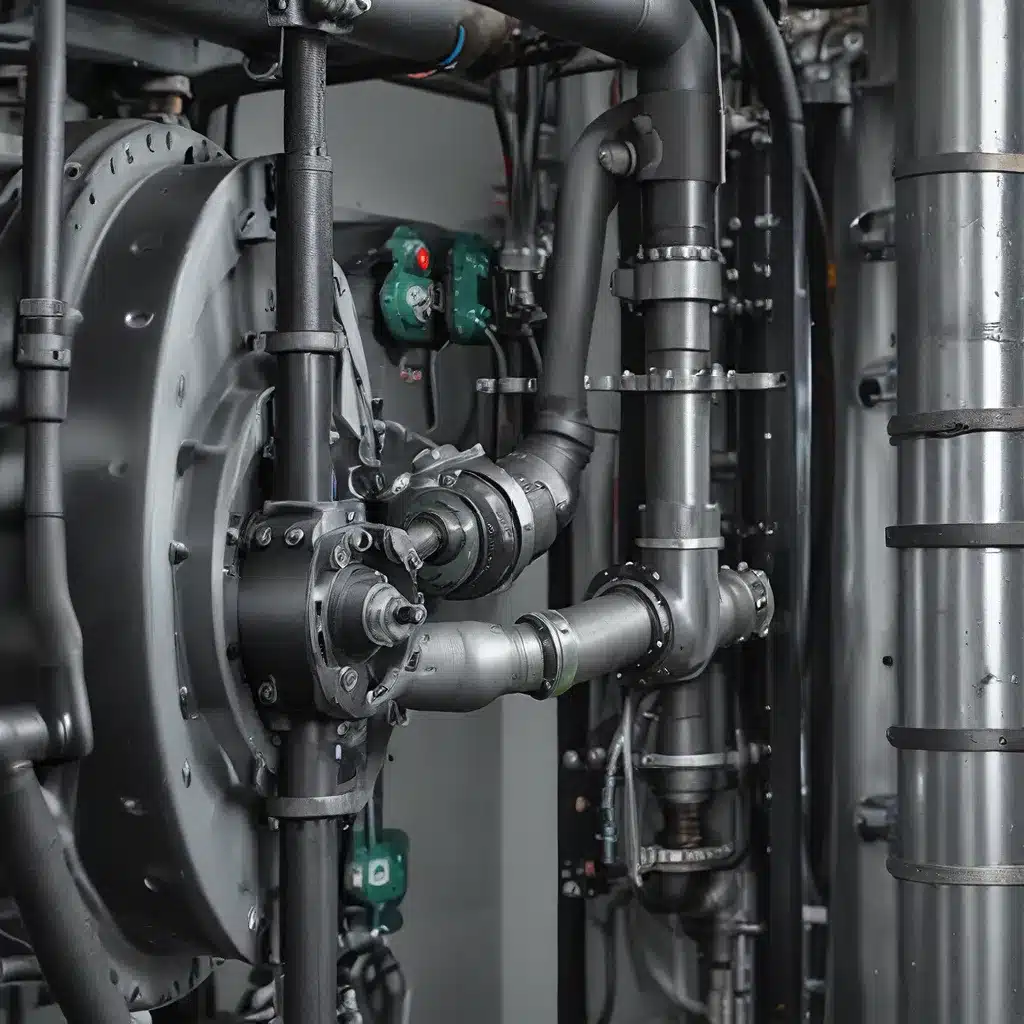
In the rapidly evolving world of sensor networks and the Internet of Things (IoT), data analytics has emerged as a crucial enabler for driving innovative applications and optimizing operational efficiency. One such application that has garnered significant attention is the use of sensor data analytics for predictive maintenance. By harnessing the power of data-driven insights, organizations can unlock a wealth of opportunities to enhance asset performance, reduce downtime, and achieve cost savings.
Leveraging Sensor Data for Predictive Maintenance
At the heart of predictive maintenance lies the ability to anticipate equipment failures before they occur. This proactive approach is made possible by the abundance of data generated by sensor networks and IoT devices. These devices, strategically deployed across assets, continuously monitor various parameters such as temperature, vibration, pressure, and energy consumption. By applying advanced data analytics techniques to this real-time sensor data, organizations can uncover patterns and anomalies that serve as early warning signs of potential equipment failures.
One of the key trends in this domain is the integration of AI-powered analytics that can rapidly process and analyze vast amounts of sensor data, identifying complex correlations and making accurate predictions. This predictive maintenance approach allows organizations to schedule maintenance activities at the optimal time, minimizing the risk of unexpected breakdowns and ensuring maximum asset uptime.
Optimizing Asset Performance through Sensor Data Analytics
Beyond predictive maintenance, sensor data analytics also play a crucial role in optimizing asset performance across various industries. By continuously monitoring asset behavior and correlating it with operational data, organizations can gain a comprehensive understanding of their assets’ performance and identify opportunities for improvement.
One such area is resource allocation, where data analytics can help organizations make informed decisions about the utilization of their assets. By analyzing parameters such as machine utilization rates, energy consumption, and production output, organizations can optimize the deployment of their resources, leading to cost savings and enhanced operational efficiency.
Furthermore, sensor data analytics enable organizations to enhance asset lifecycle management. By tracking asset performance, maintenance histories, and usage patterns, organizations can make data-driven decisions about asset replacement, refurbishment, or repair. This ensures that assets are maintained and replaced at the optimal time, maximizing their lifespan and cost-effectiveness.
Addressing Security and Energy Challenges in Sensor Networks
As sensor networks and IoT ecosystems continue to expand, security and energy management have emerged as critical considerations. Sensor data analytics can play a pivotal role in addressing these challenges, providing organizations with the insights they need to enhance their security posture and optimize their energy consumption.
By analyzing sensor data in real-time, organizations can detect anomalies and potential security threats, enabling them to respond swiftly and mitigate the impact of cyber attacks. Data analytics algorithms can also help identify patterns that indicate unauthorized access or data breaches, empowering organizations to implement targeted security measures and ensure the integrity of their sensor networks.
In terms of energy management, sensor data analytics can provide valuable insights into energy consumption patterns across the IoT ecosystem. By identifying energy-intensive assets, optimizing equipment schedules, and implementing energy-saving measures, organizations can reduce their carbon footprint and lower operating costs.
The Future of Sensor Networks and Data Analytics
As the Internet of Things continues to evolve, the synergy between sensor networks and data analytics will only grow stronger. Sensor-Networks.org envisions a future where sensor data analytics will be at the forefront of driving predictive maintenance, asset optimization, security enhancement, and energy efficiency across a wide range of industries.
The integration of artificial intelligence (AI) and machine learning (ML) will further accelerate the capabilities of sensor data analytics. AI-powered algorithms can rapidly process and analyze sensor data, uncovering hidden patterns and making accurate predictions that enable organizations to make proactive, data-driven decisions.
Moreover, the cloud-based deployment of sensor data analytics platforms will provide organizations with the scalability, flexibility, and accessibility required to effectively manage their IoT ecosystems. By leveraging cloud-based solutions, organizations can centralize their data, facilitate real-time collaboration, and ensure seamless compliance with industry regulations and standards.
As the sensor network landscape continues to evolve, the role of data analytics will become increasingly crucial in unlocking the full potential of these technologies. By embracing the power of sensor data analytics, organizations can optimize their asset performance, enhance their security posture, and drive sustainable and cost-effective operations, paving the way for a future where sensor networks and IoT are truly transformative.